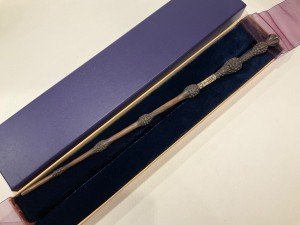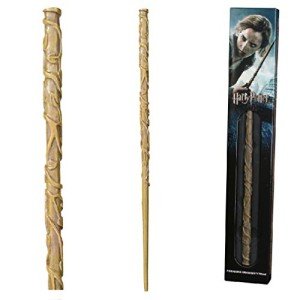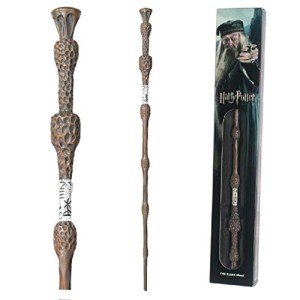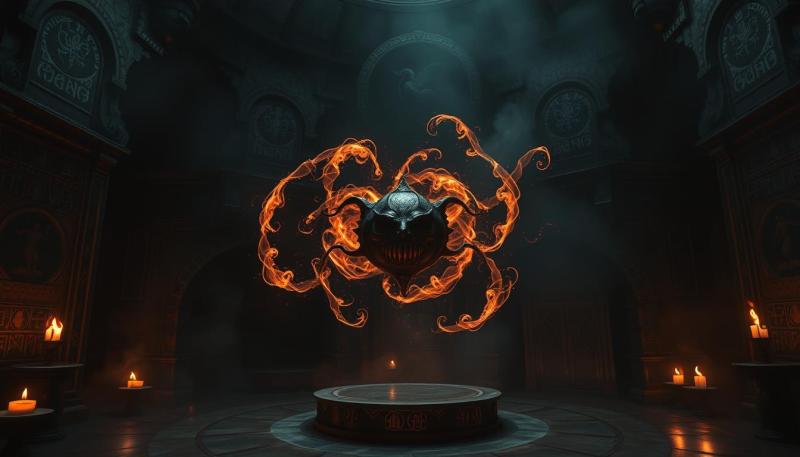
Magic fills the pages of the Harry Potter books, and spells are at the heart of this enchanting world. From simple charms to powerful curses, these magical incantations bring the Wizarding World to life. The Harry Potter series features over 100 unique spells, each with its own purpose and effect.
You might be familiar with some of the most famous spells, like "Expelliarmus" to disarm an opponent or "Accio" to summon objects. But there's a whole universe of magic to explore beyond these well-known incantations. The spells in Harry Potter range from helpful everyday charms to dangerous curses used in wizard duels.
Learning about these spells can deepen your appreciation for J.K. Rowling's intricate magical system. Whether you're a devoted Potterhead or just curious about the mechanics of magic, understanding the spells used in the series can enhance your reading experience and bring you closer to the world of Hogwarts.
Key Takeaways
- Harry Potter spells cover a wide range of magical effects and uses
- Learning the spells can deepen your understanding of the Wizarding World
- Spells in the series range from everyday charms to powerful combat magic
Types of Spells and Their Uses
Magic in the Harry Potter world is diverse and powerful. Spells can charm objects, curse enemies, change forms, and protect from harm. Each type has unique uses and effects.
Charms and Enchantments
Charms are spells that add properties to objects or creatures. Accio, the Summoning Charm, brings items to you. Alohomora unlocks doors. Lumos lights up your wand tip.
Wingardium Leviosa makes things float. It's one of the first spells you learn at Hogwarts. The Water-Making Spell conjures clean water from your wand.
Some charms affect people. Levicorpus hangs someone upside down by their ankle. Avis creates a flock of birds.
Charms can be helpful or fun. They're often used in daily wizarding life. You might use them to clean your house, cook meals, or play tricks on friends.
Curses and Hexes
Curses and hexes are dark magic. They cause harm or discomfort. The worst are the Unforgivable Curses: Avada Kedavra (the Killing Curse), Crucio (torture), and Imperio (mind control).
Confringo is the Blasting Curse. It makes things explode. Jinxes are minor dark spells. They cause annoyance or embarrassment.
Hexes are more serious than jinxes but less harmful than curses. They can cause pain or bad luck. Dark wizards often use these spells to hurt others.
Transfiguration and Conjuration
Transfiguration changes one thing into another. It's complex magic that requires focus and skill. You can turn animals into objects or change your own appearance.
The Animagus spell lets a wizard turn into an animal. It's very advanced magic. Conjuration creates objects out of thin air.
Capacious extremis makes spaces bigger on the inside. It's used on trunks and tents. Geminio makes copies of objects.
These spells are useful but can be dangerous if misused. They're strictly controlled by the Ministry of Magic.
The Elder Wand, The Wand of Professor Dumbledore
Unleash your inner wizard with the legendary tool of the greatest wizard of all time
Product information
R$237.05
Product Review Score
4.31 out of 5 stars
187 reviewsProduct links
Defensive and Protective Spells
Protego is the Shield Charm. It blocks minor curses and hexes. Expecto Patronum summons a Patronus to fight Dementors.
Anti-Intruder Jinxes keep out unwanted visitors. The Anti-Disapparition Jinx stops people from teleporting away.
At Hogwarts, Anti-Cheating Spells are used on exams. They stop students from using magic to cheat.
Defensive spells are crucial for wizards. They protect you from dark magic and dangerous creatures. Learning these spells could save your life.
Magical Theory and History
Magic in the Harry Potter universe has deep roots and complex principles. Spells form the backbone of wizarding education and daily life. Their origins, fundamental concepts, and methods of learning shape the magical world.
Origins of Spellcraft
The creation of spells in the wizarding world is a mix of invention and discovery. Some spells, like "Sectumsempra", were crafted by skilled wizards. Others seem to have existed for centuries.
Ancient wizards developed many spells still used today. "Reparo", for example, likely came from a need to fix things quickly. Curses often have dark origins, created for harm or control.
Historical spells reflect the needs and values of their time. War spells protected wizarding communities. Household charms made daily life easier.

Fundamental Spell Principles
Magical Theory explores how spells work at their core. Every spell follows certain rules and principles.
Key concepts include:
- Energy transfer during spellcasting
- Wand movements and their significance
- Pronunciation and intent
Spells can be grouped into categories:
- Charms (e.g., Wingardium Leviosa)
- Transfiguration spells
- Defensive spells
- Healing spells
Understanding these principles helps you grasp why some spells are harder than others. It also explains why non-verbal and wandless magic are advanced skills.
Magical Education and Learning
At Hogwarts, students learn spells through a structured curriculum. You start with simple charms and work up to complex enchantments.
Practical lessons are key. You practice wand movements and pronunciations. Teachers often demonstrate spells first.
Textbooks like "The Standard Book of Spells" provide theory and instructions. But mastering a spell takes practice and patience.
Some spells, like the Patronus Charm, require more than just technique. They need strong emotions or memories to work properly.







